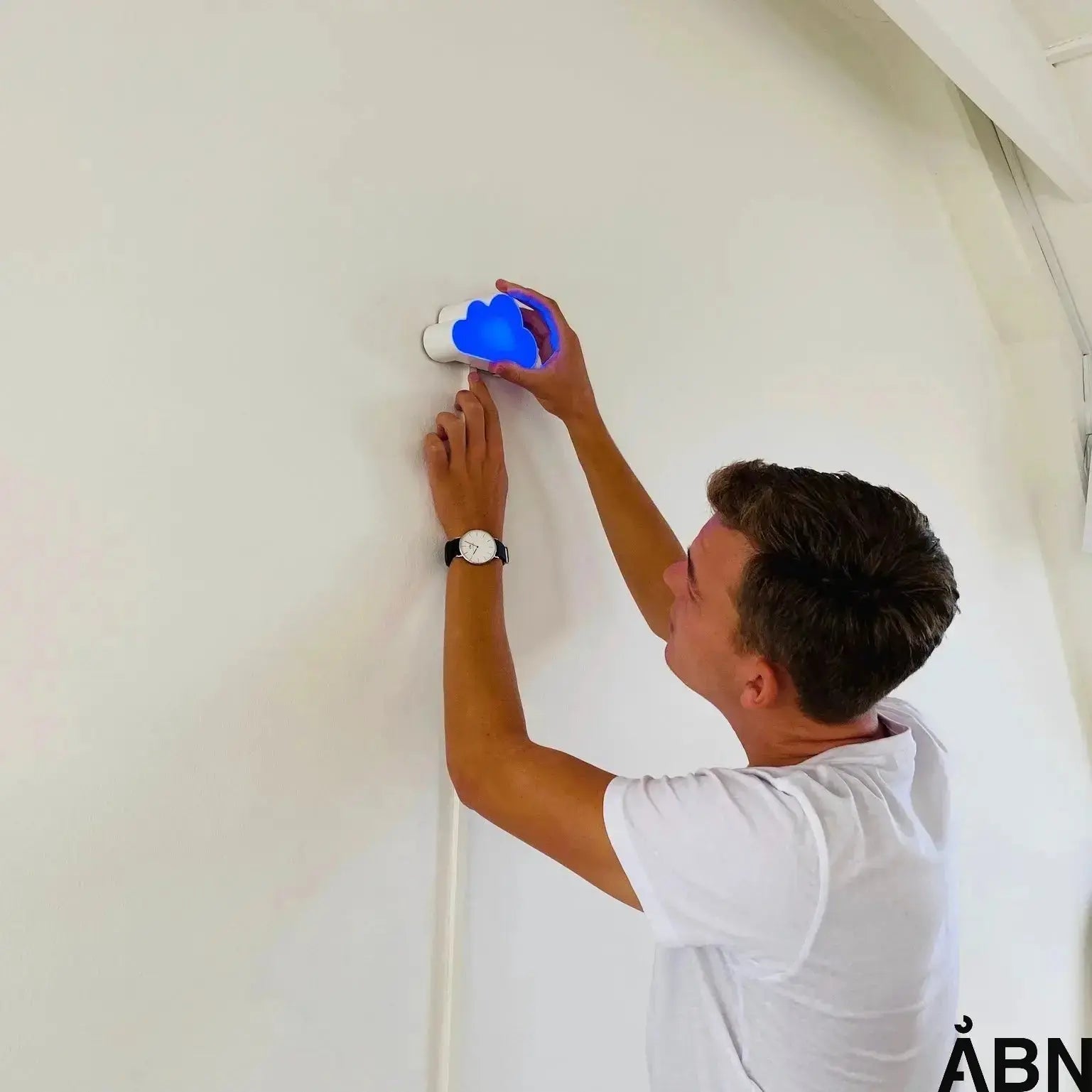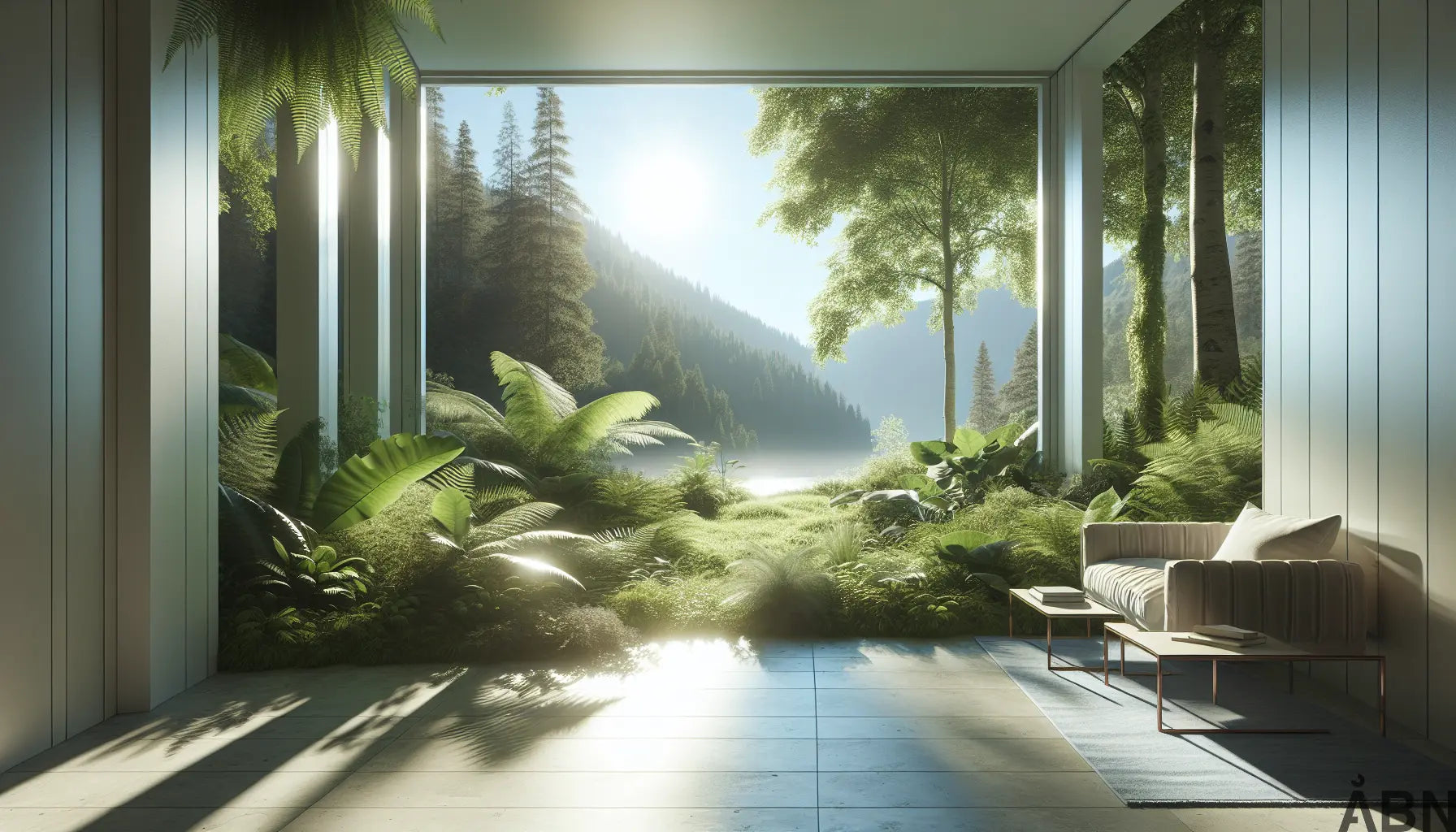Temperature variations in rooms: The problem of 'cold corners'
Have you ever noticed how some areas of a room always seem colder than others? These 'cold corners' can be a sign of ineffective insulation, thermal bridges or indoor climate problems. In this article, we will explore the reasons behind temperature variations in rooms and how it can affect both comfort and energy consumption.
Thermal bridges and poor insulation
According to Sparenergi.dk , thermal bridges occur when there are unwanted thermal bridges in the building's construction. These thermal bridges can result in heat loss and create uncomfortable cold areas in the room. Insulation issues can also play a role, as inadequate or damaged insulation can lead to heat loss and cold walls.
Pull and sealing solutions
To avoid drafts and cold walls in the home, as described by Bolius.dk , it is important to have effective insulation and sealing solutions. By identifying and solving problems with insulation, you can improve comfort and reduce energy consumption.
Use of thermography
An effective way to detect energy loss and insulation problems is through thermography, as described by Energieeffektivitet.dk . Using thermography, you can visualize heat loss and identify areas with ineffective insulation.
The importance of humidity and the indoor climate
According to the Danish Technological Institute, humidity and indoor climate are also important factors to consider. A poor indoor climate can affect both comfort and health in a room.
ÅBN's solutions for indoor climate optimization
ÅBN offers solutions to monitor and improve the indoor climate in buildings. With our technology, such as the Cloud , you can visualize the indoor climate and identify any problems, including cold corners. By using our solutions, you can create a healthier and more comfortable indoor climate.
FAQ about cold corners in rooms
What are thermal bridges?
Thermal bridges occur when there are unwanted thermal bridges in the building's construction, which can result in heat loss and create cold areas.
How can you avoid cold walls in your home?
By having effective insulation and sealing solutions, you can avoid drafts and cold walls in your home.
How can you improve the indoor climate in a room?
By monitoring the indoor climate with technology like the Cloud from ÅBN, you can identify problems and take the necessary measures to improve the indoor climate.
Do you have problems with cold corners in your premises? Contact ÅBN for advice, data or solutions that can help create a more comfortable and energy-efficient indoor climate.









